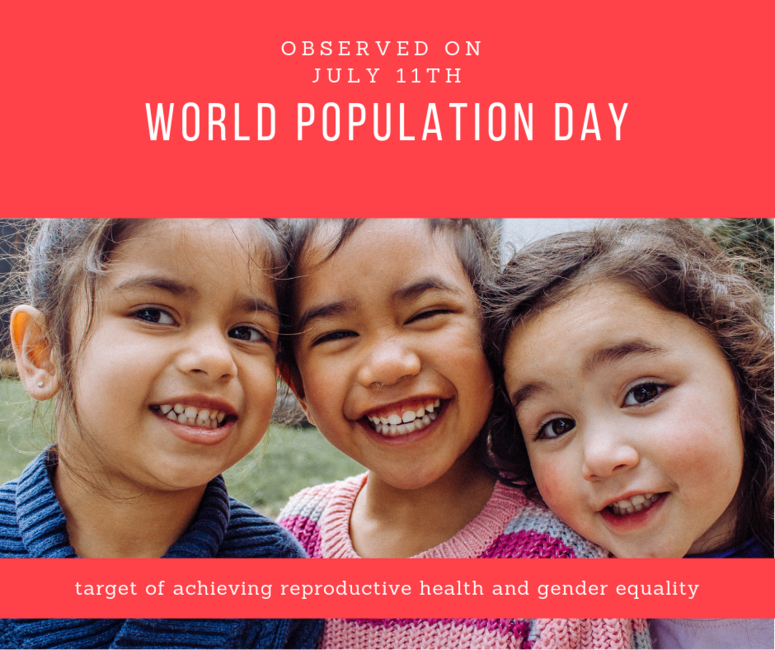
United Nation has declared 11th July as world population day in 1989 and since then it is observed as World Population Day every year. Since the announcement of World population Day 25 years have been passed away yet the target of achieving reproductive health and gender equality have not been achieved.
United Nation has recognized that World Population day is an important event for spreading information related to reproductive health issues globally. The internationally celebrated event focuses on spreading awareness on issues like overpopulation, under population along with birth control. The world population is about 7 billion and as per the UNESCO report each year 83 million people are adding to it. As per the UN there are nine standards for uphold the human rights for planning a family
Non-Discrimination: Age, sex, religion, political affiliation cannot restrict family planning service or information.
Available- The countries should ensure that the family planning commodities are available to everyone.
Accessible- It should be accessible to everyone
Good quality –Clear data about family planning should be communicated
Informed decision making- Countries ensure that there are active participation of individuals that includes health issues
Confidentiality and Privacy: Tthe individuals should have the right to privacy of seeking information related to health issues
Participation: The countries must hold an obligation for ensuring informed participation of individuals in decision making regarding family planning.
Each year World population day comes up with a specific theme, like last year the theme was “Family planning is Human right. In 2019, the theme is focusing on healthcare and reproductive awareness.
Various global organizations and NGOs endeavor to create awareness towards family planning and reproductive health owing to the facts and figures presented by a number of population studies.

Comments
There are currently no blog comments.